Mixing Mortar for Laying Tiles with Highest Quality
For Laying tiles, mixing mortar is essential
However, doing with highest quality is a different story
A mixture of water, cement, sand, and additives are combined to create mortar, a powerful but gooey adhesive
It is used for holding brick, stone, and even tile together in various types of masonry
When working with tiles, thinset mortar, which frequently comes in powdered form, is used
Although powered mortar is convenient to mix and consistently good, you can manufacture your own mortar out of cement to cut expenditures
Use a bucket of mortar that has been made into a thick yet spreadable paste to lay tiles across a wall or floor

Mortar and Powder: To create a mortar that is more uniform, pick a thinset powder
Tile is designed to be adhered to surfaces like cement and concrete using thinset mortar
The majority of it is available as powder, which you combine with water to make an adhesive when finished
When you purchase a powdered mortar, you can be sure that you are obtaining a high-quality item that works well as an adhesive
Keep in mind that thinset mortar is also known as thinset cement, dryset mortar, and thinset drybond mortar
Grout mortar, masonry cement, and thinset mortar are not interchangeable terms
Most mortar strengthens when it is used more frequently
The best option for tile is thinset mortar because it is strongest when applied in thin layers
A pre-mixed thinset mortar in a plastic tub is another option
The only thing needed to activate it is water
Although it is more expensive, it is more consistent and easier to use than mortar made of powder
Fill the 5 US gal (19 L) plastic mixing bucket with the required amount of water
A 50 lb (23 kg) bag of mortar typically requires 1
5 US gal (5
7 L) of water
Depending on how much mortar you intend to use, adjust the amount
To lessen the quantity of dust the mortar will create when it is added, put the water to the bucket first
Before you start, look at the mixing directions on the bag of mortar
The manufacturer might suggest a different mixing ratio because not all mortar products are created equal
Gradually pour the mortar into the bucket
Put on a respirator mask before mixing mortar because it becomes a little dirty
Also, use safety glasses and latex gloves for additional protection
Using a trowel or paddle mixer, mix the mortar and water together after adding the mortar
You don’t need to rush and put it all in at once; instead, add additional mortar as needed to achieve the right consistency at this point
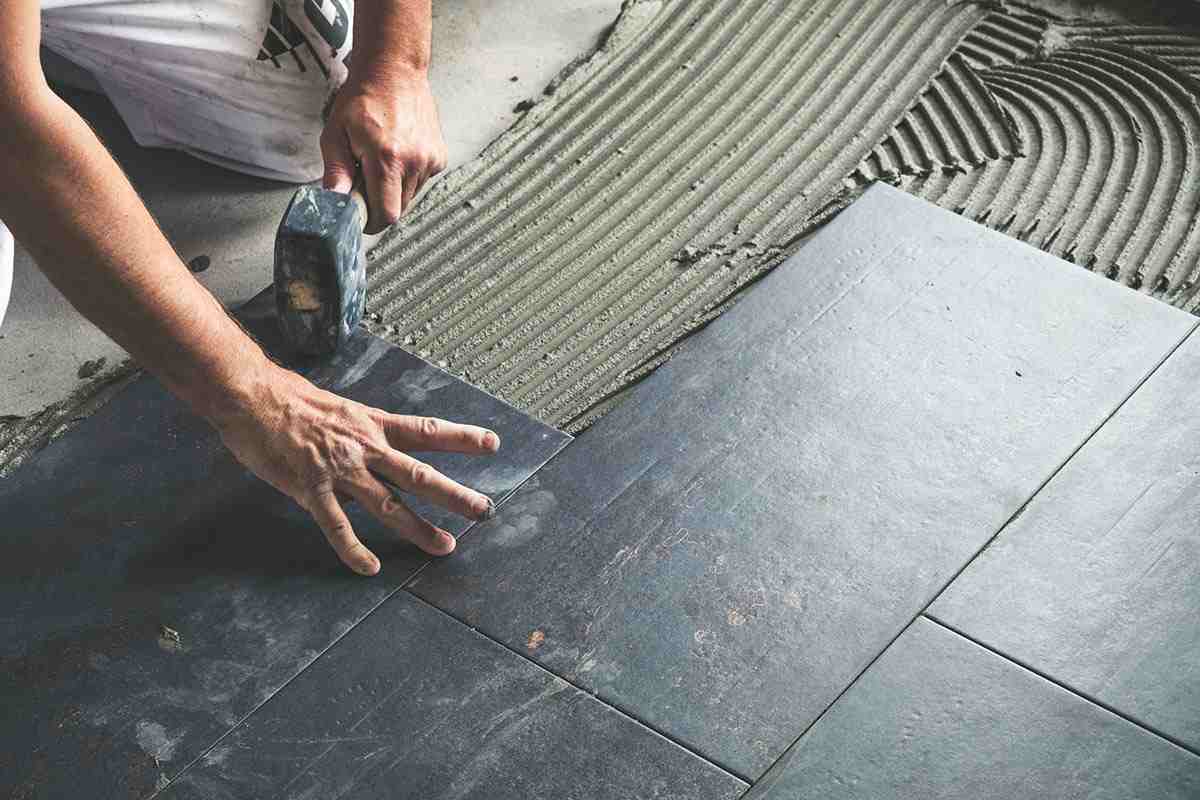
Add the lengths of the room’s longest and shortest walls together to get an idea of how much mortar you’ll need
To determine how many 50 lb (23 kg) bags of mortar to purchase, divide the quantity by 95
For instance, to cover the floor in a room of 12 feet by 12 feet (3
7 meters by 3
7 meters), you will need around two bags of mortar
When you pour some of the powder into the bucket, it creates an annoying cloud of dust
Pour the mortar in as gradually as you can to reduce the amount of dust
Avoid adding the powder to an empty bucket and make sure you always use a respirator mask
The mortar should be blended for about 3 minutes to reach a thick consistency
The mortar should be stirred until it resembles thick peanut butter or toothpaste
Pull your mixer out of the mortar and create a swirl to check the consistency
The mortar is ready if the swirl remains upright and does not vanish, much like a swirl on a meringue pie
Add more water or powder to adjust the consistency if it isn’t what you’re looking for
For instance, add extra powder to the mortar to make it thicker
To thin it, use water
To ensure that the materials are combined as completely as possible, always mix the mortar a little more thoroughly than you believe is necessary
The precise mixing period can change
If necessary, mix the mortar for 5 to 10 minutes to ensure that it reaches the proper consistency
For proper activation, give the mortar 10 minutes to rest
Slaking is the name of this step in the procedure
Rest the mixture to help the powder moisten evenly and turn into mortar
Additionally, it stimulates the bonding-related additives
The mortar stiffens and doesn’t properly cure if you don’t give it time to rest
The result is loose tiles that are not affixed to the mortar
To finish, give the mortar one more minute of stirring
Give the mortar one last stir to evenly distribute the additions after it has been activated
Once it has the final consistency you require for your project, keep stirring it
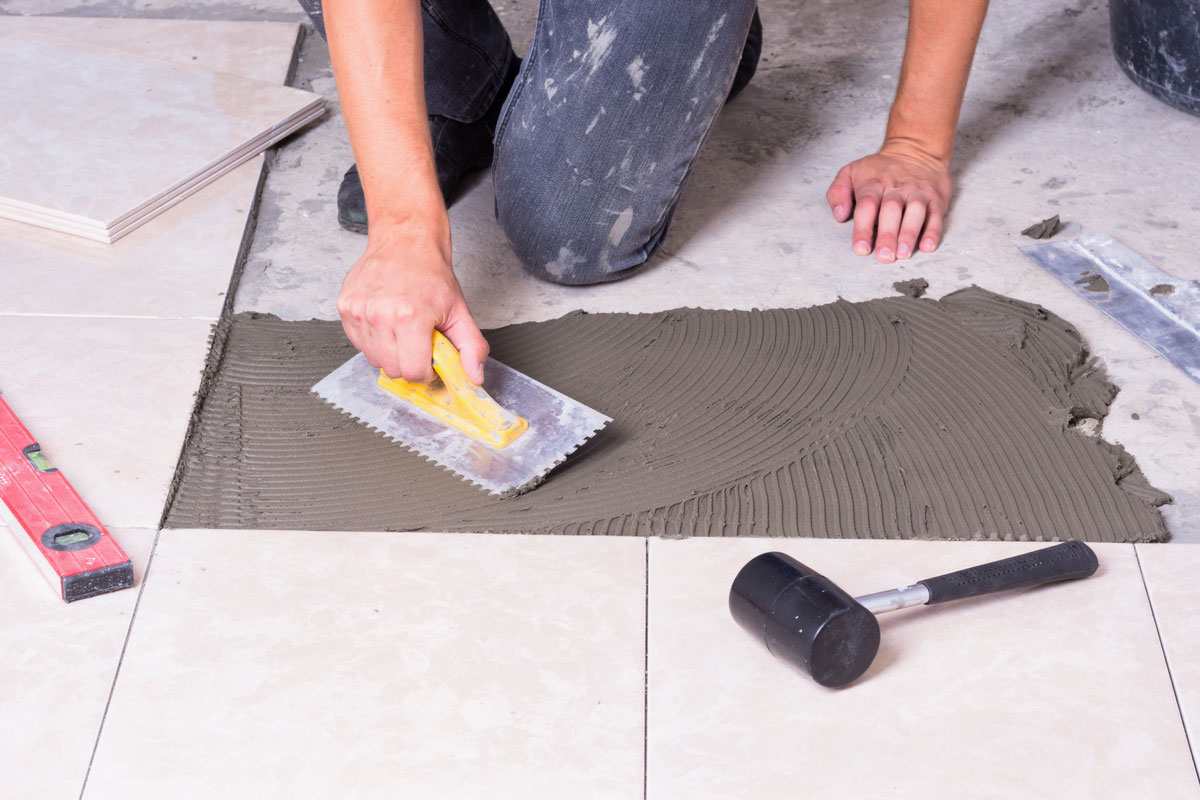
When you use your trowel to create ridges in the mortar, it will stand up when it is the appropriate consistency
At this point, don’t add any water or powder! A weaker adhesive is produced when additional ingredients are added to the mixture
Creating Mortar from Nothing To save money, make your own mortar with cement and sand
The foundational ingredient in any mortar mixture is portland cement
Additionally, you require an equal volume of fine sand that is free of clay and stones as well as a liquid latex component to fortify the mixture
Compared to powdered or pre-mixed thinset mortar, all of these ingredients are less expensive on their own, but they are more difficult to combine to the right consistency
The major problem with mixing many batches of bespoke mortar is that it might be difficult to get them all to the same consistency without experience
If you’re new to dealing with mortar, start with a powder to guarantee you acquire the proper consistency you need for your project
When you’re ready to experiment with different cement and sand mixtures, create your own mortar
Sift sand using a wire screen with a mesh size of 0
64 inches
You will probably have to remove any small stones from any sand you obtain
Get a piece of wire fencing with tiny openings and use it for this
Set the fencing on top of a bucket or a plastic tarp, then pour the sand on top of it
Let the sand fall through the screen, leaving the stones on top of it
The stones cause the mortar to be rougher than typical
With thicker forms of concrete, this is not a concern, but it weakens thinset mortar
Fill a container or mixing bucket with Portland cement
Cut open the cement bags you plan on using for the project
If you’re confused about how much you need, start with a tiny bit initially
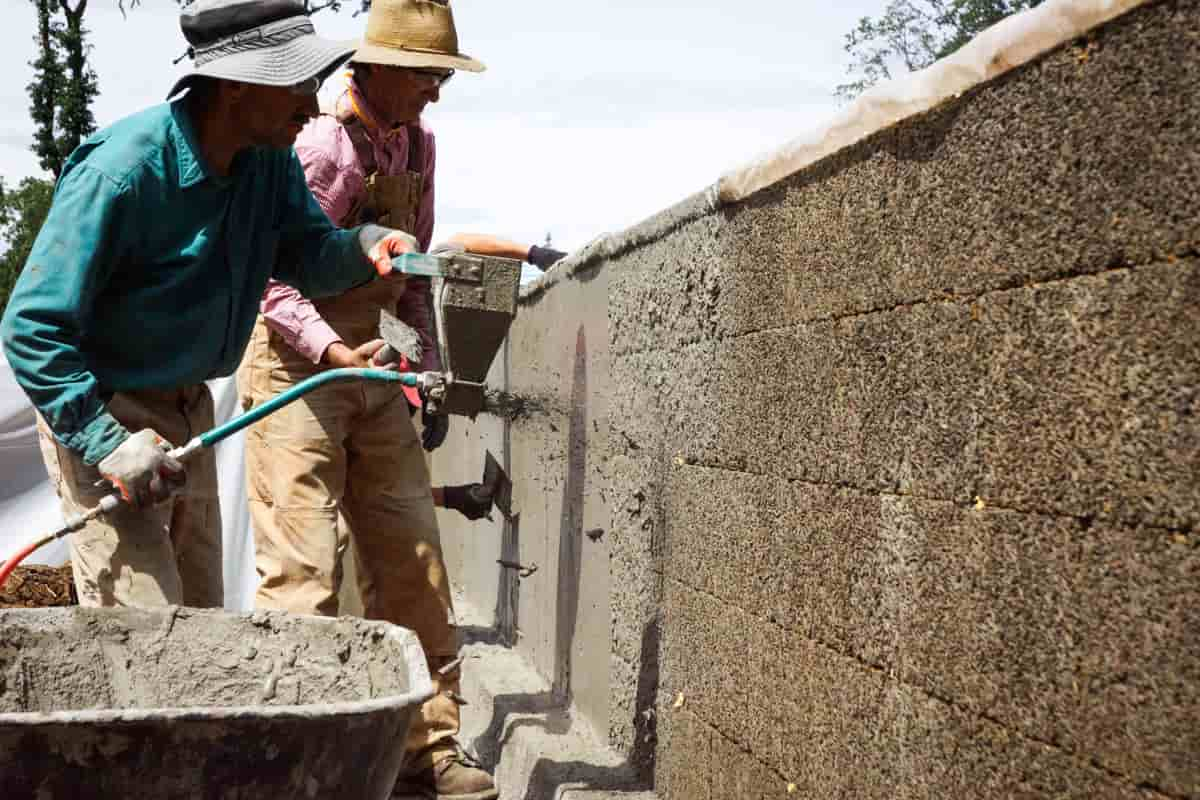
Since thinset mortar for tiles doesn’t require a thick layer, start by using roughly 12
5 lb (5
7 kg)
You can always make a second batch of mortar or keep adding more as you go
Measure the length of either the room’s longest or shortest wall to determine how much cement you’ll need
To determine how many 50 lb (23 kg) bags of cement to use, multiply the lengths collectively and divide the result by 95
Try to just make as much mortar as you can utilize in a short period of time
After that, mortar dries out and is no longer useful
Using a trowel, mix equal parts of cement and sand
Sand thickens mortar, so use caution when adding it first
For a small batch, aim to use around 25 lb (11 kg) more sand than concrete
Tilt the bucket at a 45-degree angle after adding the sand, then start stirring the mixture with a trowel until it is thoroughly blended
Sand and cement should be scraped off the bucket’s sides as you work to ensure proper mixing
To protect yourself from dust and other irritants, put on a respirator mask, safety glasses, and gloves
In the absence of a trowel, you might also use a mixing stick or paint mixer
One US gal (3
8 L) of cold water should be added to a different mixing bucket
All the water you intend to use for the mortar mix should be put in the bucket
Start with a small amount to prevent the mortar from becoming too runny
Additionally, this gives the bucket plenty of room for the additional components you require
Keep in mind that you may easily add extra water to thin the mortar as necessary afterwards
What you contribute to the mixture cannot be taken away
You might try mixing mortar in larger batches with more of each component once you get the hang of it
However, smaller batches are easier to mix to a satisfactory quality at initially
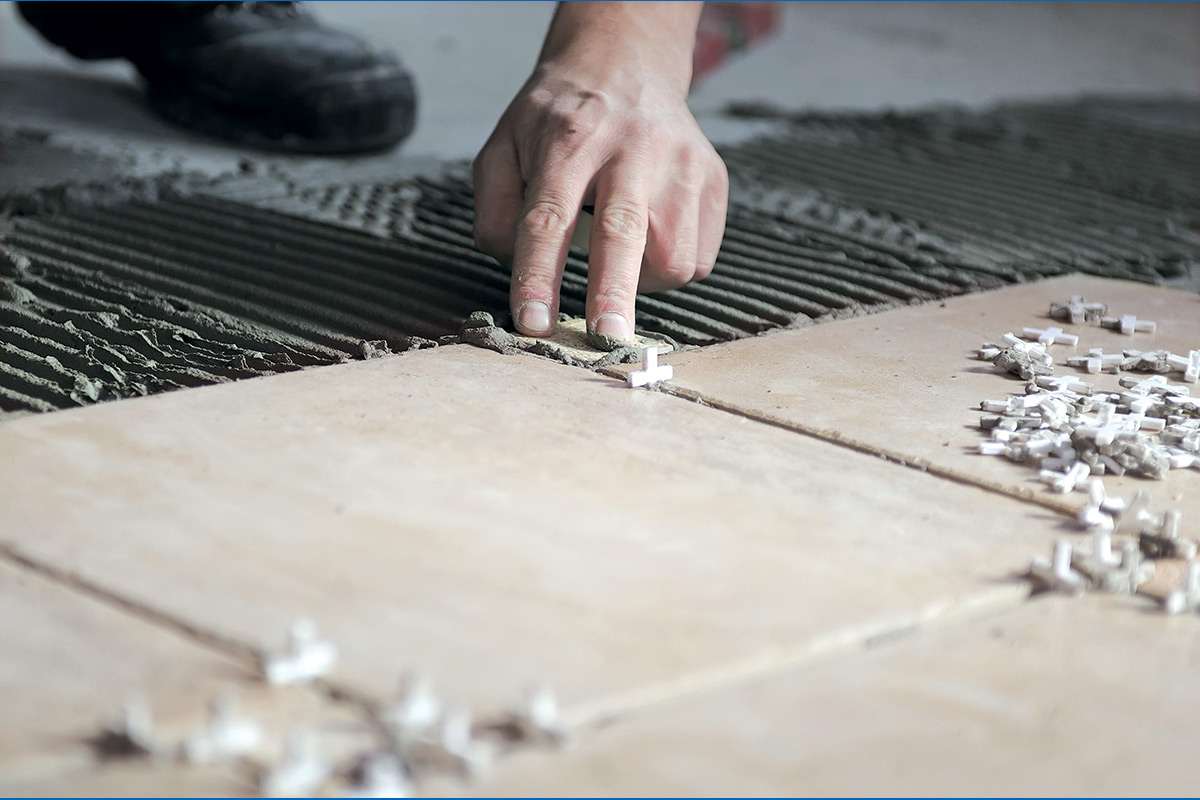
Using a paddle, incorporate the sand and cement into the water
To make mixing easier, purchase a paddle mixer or a paddle that can be plugged into the end of an electric drill
Pour the cement mixture into the water when you’re ready to get started to lessen the amount of dust that rises
After that, combine the ingredients until the bucket appears to have an even distribution of them
In order to prevent mortar from sputtering everywhere, start with the paddle at a low setting of around 300 rpm
To make sure everything is combined, stir the mixture for at least 3 minutes
You can use this as an opportunity to check the mortar’s consistency as well
A trowel could be used to mix the mortar, but this requires more time
You should budget at least 5 to 10 minutes to stir it by hand
The consistency of the mortar can be altered by adding more cement, sand, and water
Getting custom mortar to the right consistency is the most difficult step
The viscosity of thinset mortar should be thick and spreadable, like thick batter, peanut butter, or toothpaste
Gradually add the extra ingredients, stirring the mortar after each addition to check the consistency
To thin the mixture, add more water
To make it thicker, add additional sand and concrete
Allow the mortar mixture to sit in a dim room for ten minutes
To keep the bucket from drying out before you can use it, move it into a shaded spot
Mortar dries relatively rapidly, but if you don’t give it time to rest, it will become weaker
So that the mixture can transform into a potent bonding adhesive, set it aside
Set the bucket, for instance, away from any neighboring windows and next to a wall
You might even put it under a shade tree or stick it in a closet
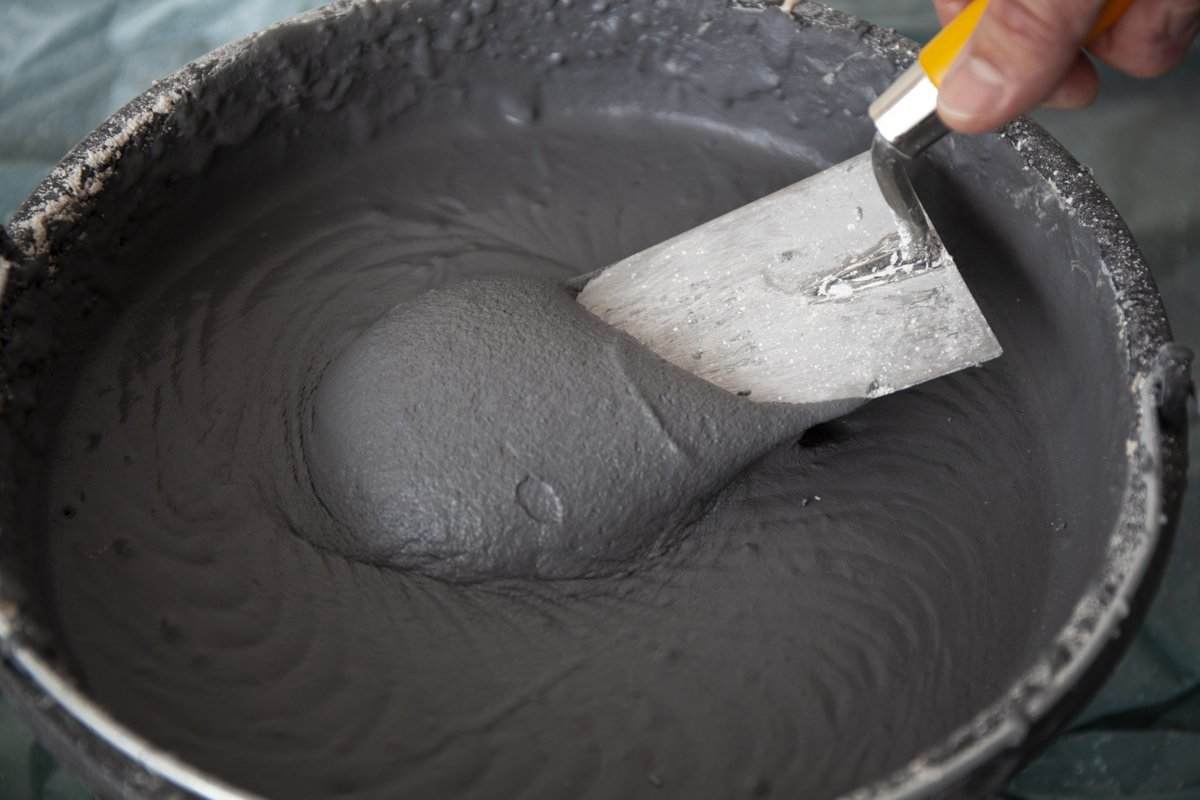
For added strength, mix some liquid latex additive into the mortar
The mortar’s strength is secretly provided by the liquid latex
Without it, the mixture is stiff and doesn’t adhere to the tile
Use a paddle mixer to incorporate roughly 0
125 US gal (0
47 L) of the additive into a batch of mortar weighing 12
5 lb (5
7 kg)
To ensure that the additive is dispersed evenly throughout the mortar, thoroughly mix it
For every 12
5 lb (5
7 kg) of concrete you use, add 0
125 US gal (0
47 L) more to the mixture
If the mortar is still a little too thick, you might add more to thin it out
After allowing the mixture to sit for a further five minutes, test it
As the ingredient absorbs water, give it some time to activate
Next, take a trowel and some of the mortar
Start laying tile if the mortar appears stiff and hangs off the trowel’s end without falling
If it isn’t done yet, mix in more of the addition, let it rest once more, and then finish
There is a reliable, professional team behind this website which is ready to share its tiles knowledge with you and cooperate with wholesalers and importers around the world









